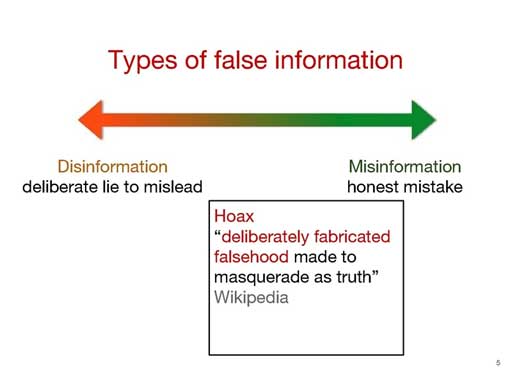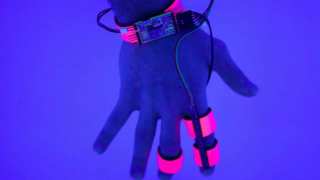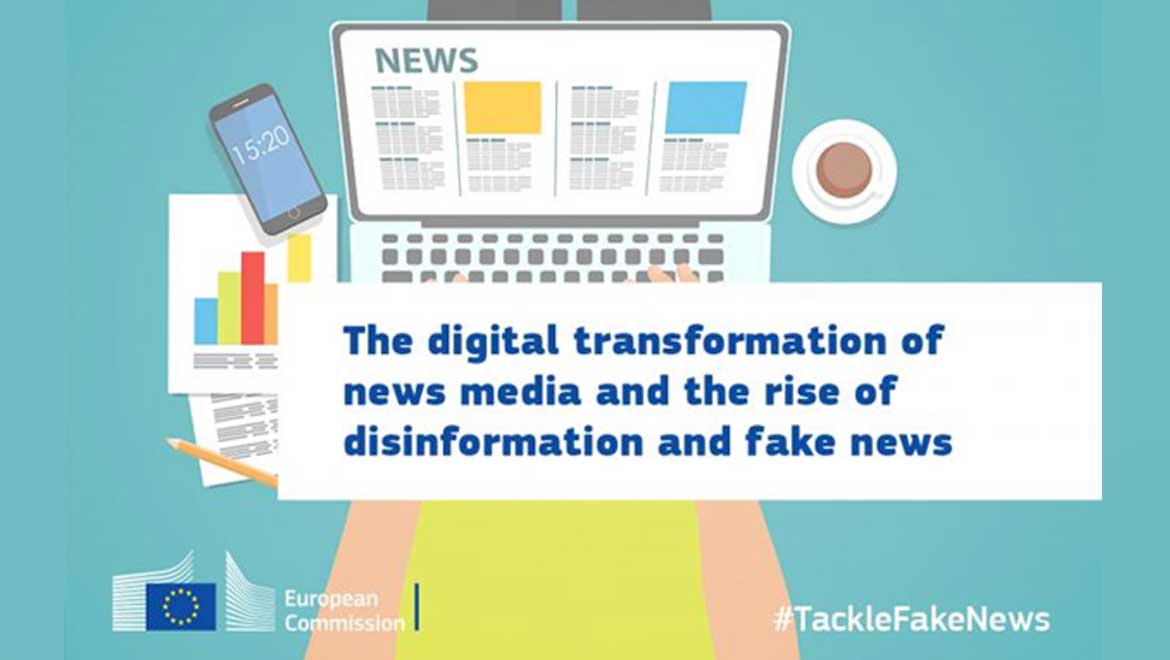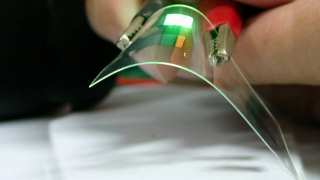The European Union's Joint Research Center (JRC) has released the results of its study on fake news and the transfer of news media onto the online sphere.
It was found that traditional outlets are still viewed as the best and most trustworthy in this field. However, alternatives to them, such as content aggregators, are now more popular.
The JRC study also underpins the growing body of evidence that various types of fake news are more pervasive than verifiable stories. This research may inform how the EU regulates informational content available in the political bloc in the future.
Read All About It…On the Internet
The internet has become an increasingly popular source of news, and it offers sources besides the traditional media.
These are the organizations and bodies that were the main sources of news, in print and televised form, until the end of the twentieth century. The sources include major national newspapers that, currently, either distribute their stories online and in print or are migrating to online-only content.
A major study conducted by the JRC, in association with the European External Action Service's East StratComm Task Force, indicated that these established outlets are no longer the market leaders in news consumption.
The title now belongs to modern-day solutions such as content aggregators, which use algorithms to gather and display content on their platforms.
Social media and search engines are also crowding traditional news outlets, probably due to the fact that the newer platforms are better at attracting revenue compared to conventional organizations. Their algorithms can also match consumers to content and, importantly, to advertisements.
However, the JRC also reported that established media was perceived as superior, in terms of quality and veracity, compared to other platforms.
Fake News in Aggregate
The perception that established media is better could be due to the tendency of aggregators and similar sources to display ads alongside genuine news content. These agencies also add stories that could be categorized as 'fake news'. The pieces are then likely to present disinformation as legitimate news.
Traditional platforms, on the other hand, are viewed as more direct sources of stories of a real nature. Therefore, the JRC now posits that these online-only platforms may, in fact, be decreasing, already.
Experts suggest that this decline may be connected to the inability of stories to build and retain consumer confidence in comparison with other outlet types. Nevertheless, they were found to command approximately 66% of the total market share, at present.
The JRC research also found that the uptake of verifiable content outpaces that of its fake counterparts online. It reported that fake news moves faster and farther through sharing on social media compared with real news.
This investigation echoes previous research conducted in the US. The study was published in a March 2018 issue of Science, where researchers compared the tweet- and retweet-rates associated with real and fake news.
Though, the JRC points out that research on this subject is in its infancy, and it is only as strong as the accessibility to sample sizes.
Conclusions about this topic were reached as a result of a review of research papers published on the relevant subjects.
They included survey-based studies on news outlets, the different types of sources available today and consumer perceptions of the same. The literature reviewed also concerned the economics of different platforms, disinformation on these mediums and the various definitions of disinformation (e.g., fake news) employed by researchers.
There are a lot of different opinions out there, which may affect the ability to accurately evaluate the extent and impact of disinformation in the media.
Disinformation: Dissing News
The JRC-study indicated that the rise of new media may have a negative impact on the traditional role and status of a news editor. Platforms such as social media have 'democratized' the access to the publication and distribution of news to a certain extent.
However, this improved agency has come at a cost to those whose job it is to curate news content. It may also have eroded the confidence in editors to distinguish between real and fake news, which, in turn, may lead to the reduced ability to do the same, over time.

The difference between disinformation and misinformation. (Source: Wikimedia Commons)
So, What’s the EU Going to Do About It?
The results of this research may influence the EU's next steps and how it handles disinformation.
For example, the European Commission has proposed the establishment of an anti-disinformation Code of Practice to take effect across all the nation states in the Union. This code may include provisions for an "independent network of fact-checkers" that would presumably publish the results of their work on news content on an official website.
The Commission also recommends the formation of tools to support and promote quality in journalism.
On the face of it, these proposals appear to be a positive step towards limiting the potential damage that disinformation in the media can do. But, these solutions do not contain many specifics on how much influence this code of practice could have on news published or distributed within the EU.
In a nutshell, these guidelines could protect consumers from the fake news. But, it could also extend to powers that unprincipled authorities could exploit to censor news outlets in the future.
Therefore, it is more important than ever that the people of the EU, as well as their elected representatives, remain vigilant in connection with fake news and how it is dealt with.
Top Image: The JRC’s research is part of an EU-wide effort to tackle fake news. (Source: EU 2018)
References
The digital transformation of news media and the rise of online disinformation, 2018, JRC News, https://ec.europa.eu/jrc/en/news/digital-transformation-news-media-and-rise-fake-news , (accessed 28 Apr 2018)
The digital transformation of news media and the rise of online disinformation, 2018, JRC Publications, https://ec.europa.eu/jrc/en/publication/eur-scientific-and-technical-research-reports/digital-transformation-news-media-and-rise-disinformation-and-fake-news, (accessed 28 Apr 2018)
S. Vosoughi, et al. (2018) The spread of true and false news online. Science. 359:(6380). pp.1146-1151







No comment